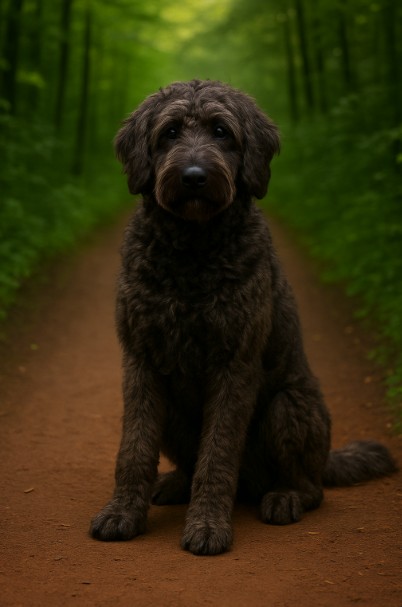The Labradoodle mixes Lab heart with Poodle brains—social, athletic, and trainable. A great match for active homes that enjoy obedience work, long walks, and regular coat care.

First popularized in Australia for allergy-friendly service dogs, the Labradoodle spread across North America in the 1990s–2000s. Coats range from fleece to wool; shedding and size vary by lineage.
Mixed-breed appearance varies; outline here reflects common expectations.
Routine coat care keeps mats away.
High energy with a retriever love of activity.
Biddable and food-motivated.
Lean athlete fueling.
Test Lab and Poodle lines.
Use programs with transparent health testing; rescues often have doodles.
Do Labradoodles shed?
Often low, but not zero; individual variation.
Are they good apartment dogs?
With Caveats—exercise and training are key.
How much exercise?
Plan 60–90 minutes/day.
Swimming?
Many love water; dry ears after swims.
Grooming?
Brush 3×/week; trims every 6–8 weeks.